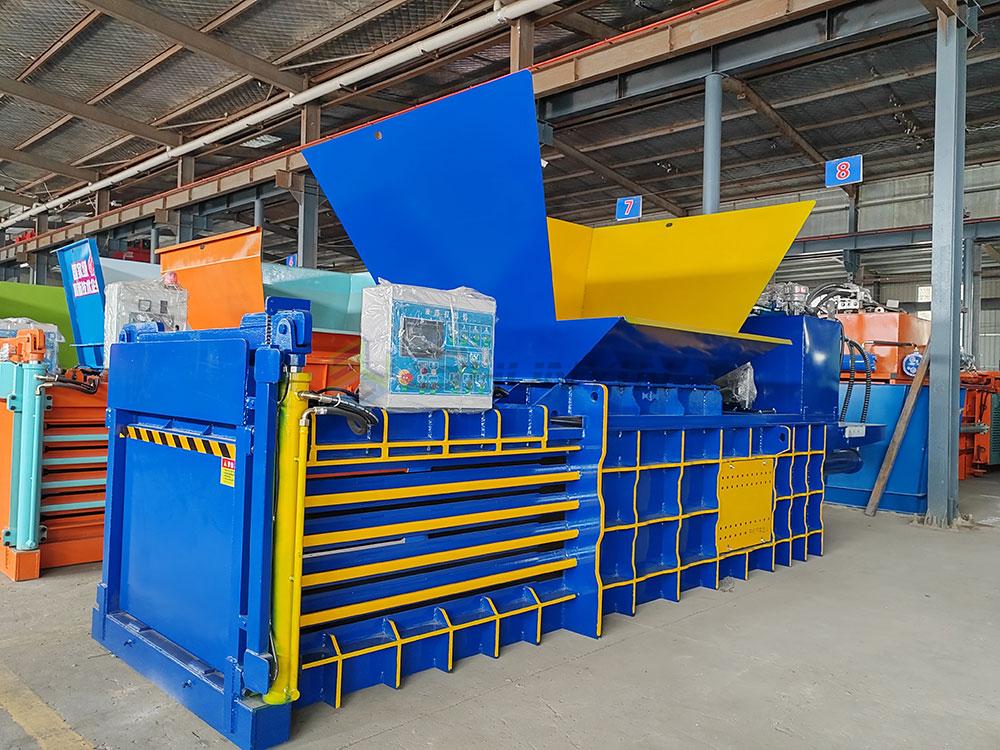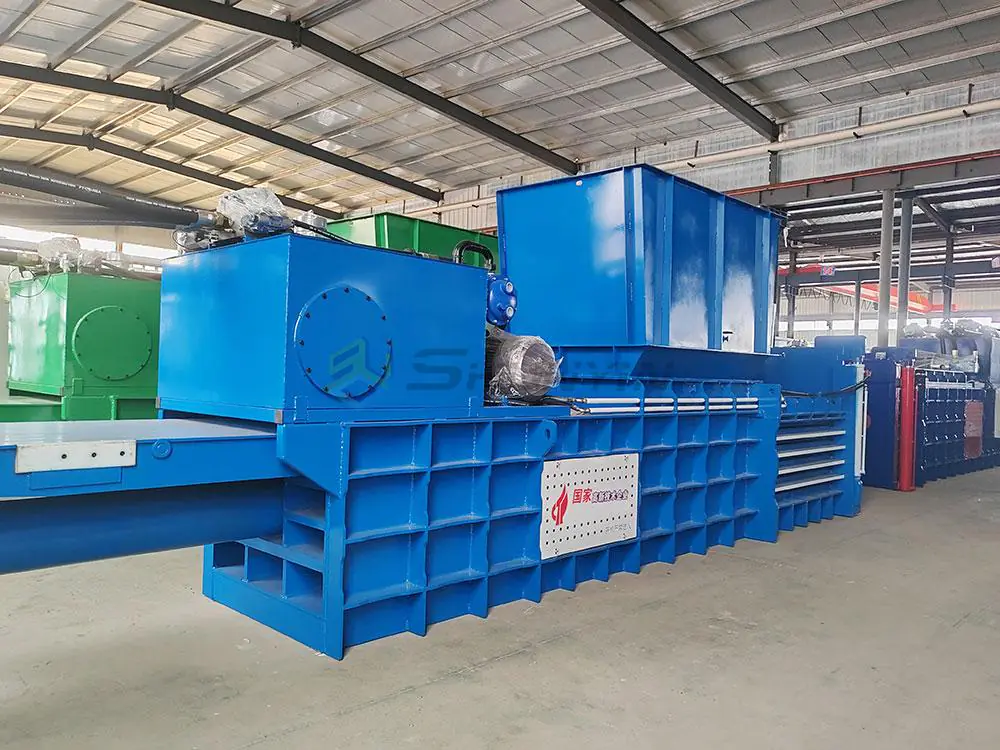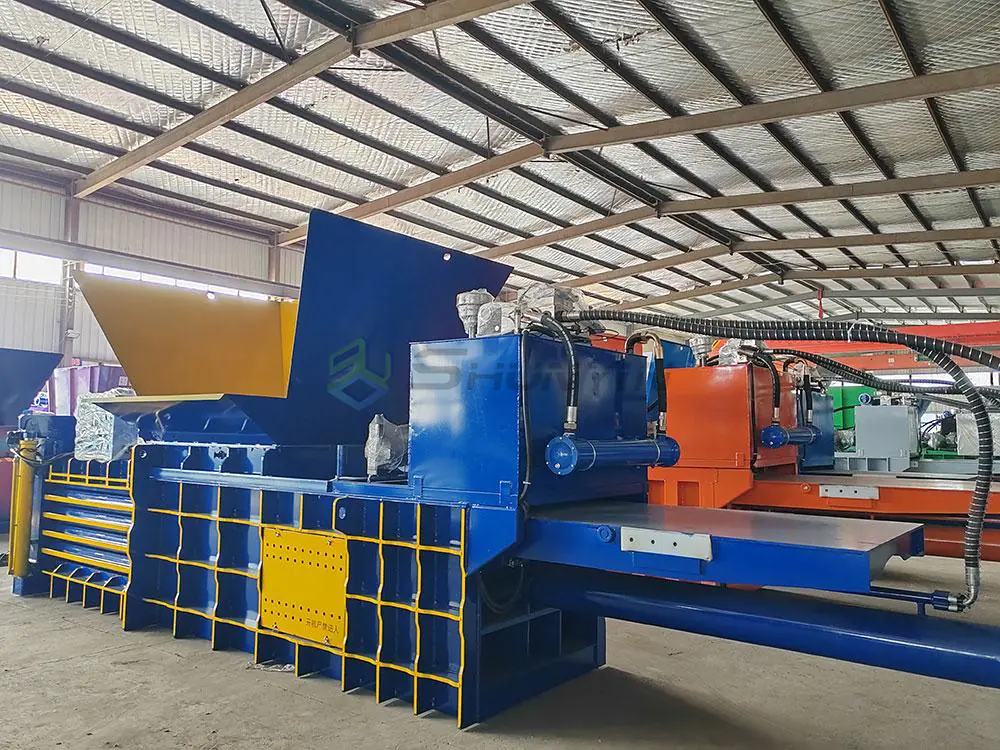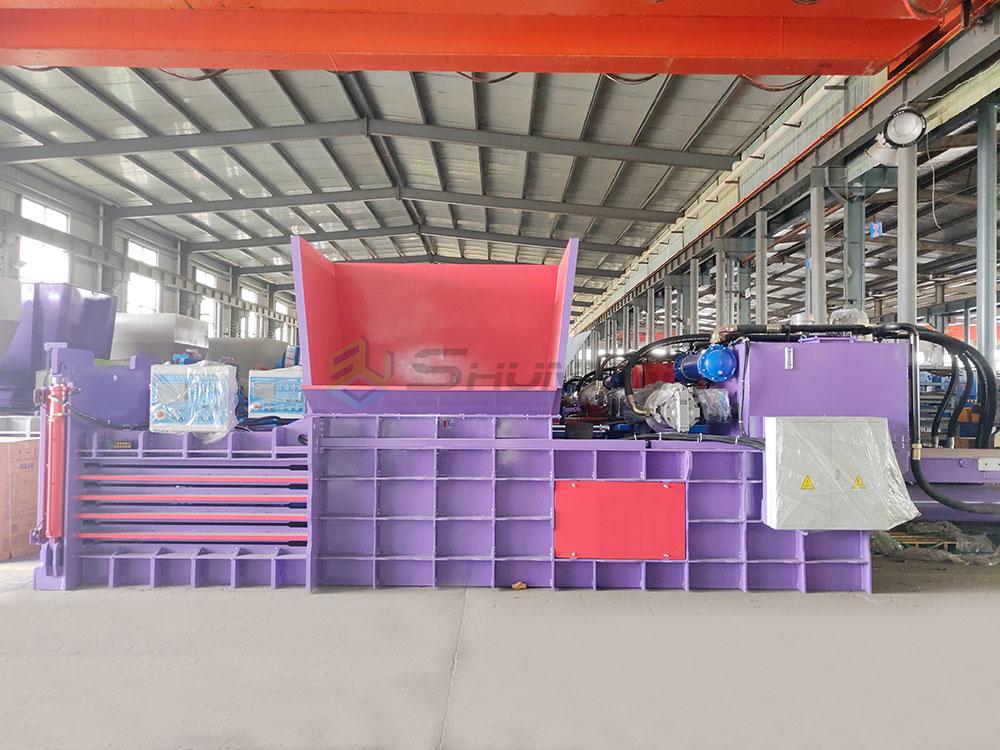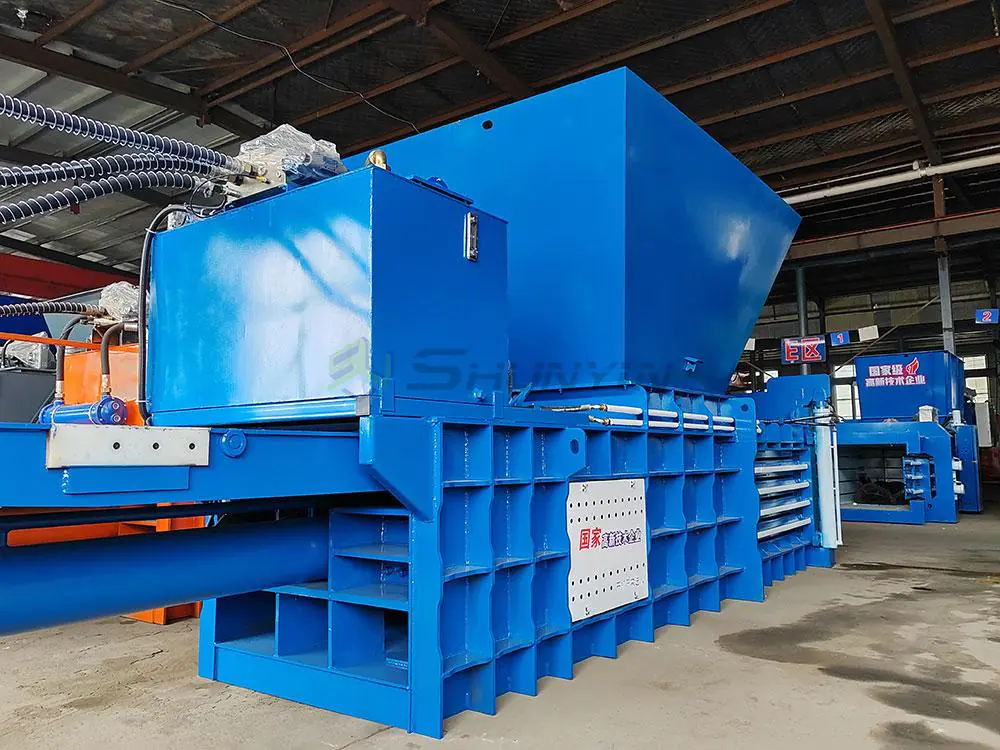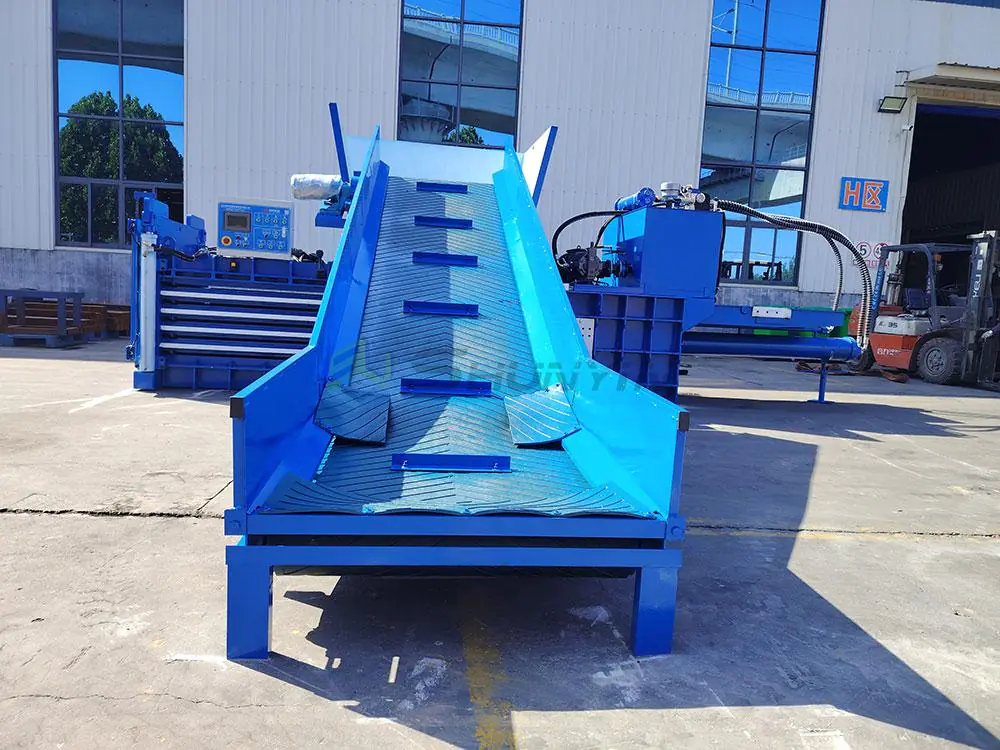
When Tokyo’s Yamato Steel doubled their scrap revenue within six months using our 73-ton balers, it revealed a truth most recyclers miss – intelligent compression technology1 can turn waste liabilities into strategic assets.
Scrap balers are hydraulic systems that compress loose materials into transport-ready blocks using 12-250 tons of force. Our automated models process 5-28 tons/hour of metal/plastic/textile waste while increasing material value by 18-41% through density optimization and contamination removal – delivering ROI in 7-19 months depending on scrap types and market prices.
Four critical concepts dictate success in modern waste reclamation. Let’s analyze the exact parameters that helped our Canadian client achieve $142,000 annual savings.
What Is a Baler in Waste Management?

After installing three 65-ton machines for Singapore’s National Recycling Program, we documented these efficiency gains:
Waste Stream Transformation Data
| Material | Loose Volume | Baled Volume | Cost Reduction |
|---|---|---|---|
| Household Plastics | 4,200m³/month | 715m³ | 83%↓ |
| Construction Debris | 3,800m³ | 850m³ | 78%↓ |
| E-Waste | 650m³ | 240m³ | 63%↓ |
| Textiles | 2,100m³ | 385m³ | 82%↓ |
Technical specifications for municipal use:
- Minimum throughput: 8 tons/hour
- Noise levels: <85dB (CE compliant)
- Oil cooling systems: Maintain 55°C
- Safety features: 6 emergency stops
- Auto-lubrication intervals: 150 cycles
What Is a Scrap Baler?

Our 50-ton scrap baler transformed Osaka Metal’s operations with these performance metrics:
Metal Processing Capacity
| Material | Input Size | Bale Weight | Density |
|---|---|---|---|
| Aluminum Cans | Loose | 480kg | 710kg/m³ |
| Steel Sheets | 1.2mx0.8m | 850kg | 2.1t/m³ |
| Copper Wire | Chopped | 620kg | 1.3t/m³ |
| Machinery Parts | <300mm | 720kg | 1.8t/m³ |
Key scrap baler components:
- Twin 22kW hydraulic pumps ($4,200 value)
- Tungsten carbide cutting blades ($1,800/set)
- Oil-immersed clutch system
- Fire suppression module (+$3,500 option)
- Remote monitoring interface
What Is Scrap in Waste Management?

Our Malaysian client IPN’s classification system maximizes value recovery:
Scrap Grading System
| Category | Material Examples | Current Pricing | Density Requirements |
|---|---|---|---|
| A Grade | Bare bright copper, 6063 aluminum | $3.80-$5.20/kg | >8.2g/cm³ |
| B Grade | Car engines, electric motors | $1.15-$2.40/kg | >5.6g/cm³ |
| C Grade | Mixed steel, cast iron | $0.18-$0.35/kg | >2.8g/cm³ |
| D Grade | Plastics, glass, wood | $0.03-$0.12/kg | Custom processing |
Critical profit factors:
- 45% price premium for ferrous/non-ferrous separation
- 27% higher value for compacted vs loose scrap
- 91% moisture reduction through compression
- 10-14% insurance savings on stored materials
What Is Baling in Solid Waste Management?

Jakarta’s sanitation department achieved 73% landfill diversion2 through our specialized solid waste balers:
Landfill Cost Savings (Per 10,000 Tons)
| Cost Factor | Unprocessed | Baled | Savings |
|---|---|---|---|
| Transport | $38,500 | $14,200 | 63%↓ |
| Dumping Fees | $82,000 | $19,700 | 76%↓ |
| Environmental Levy | $22,500 | $5,800 | 74%↓ |
| Total | $143,000 | $39,700 | $103,300 |
Recommended configurations for municipalities:
- 55-ton compression force minimum
- 1500mm feed opening width
- Auto-disinfectant spray systems
- Heavy-duty 25mm steel chamber walls
Conclusion
Modern scrap balers deliver measurable environmental and economic returns. With 214 operational systems across Asia, our solutions are field-proven. Request your scrap audit – includes free bale density optimization report.


